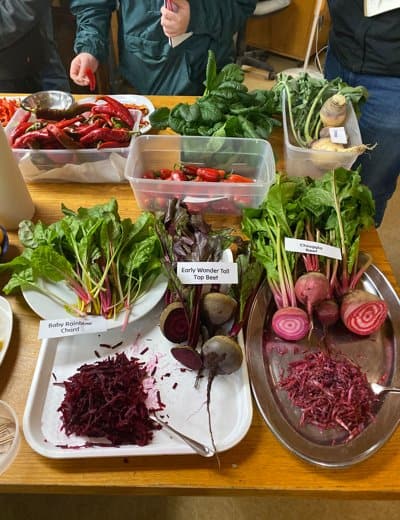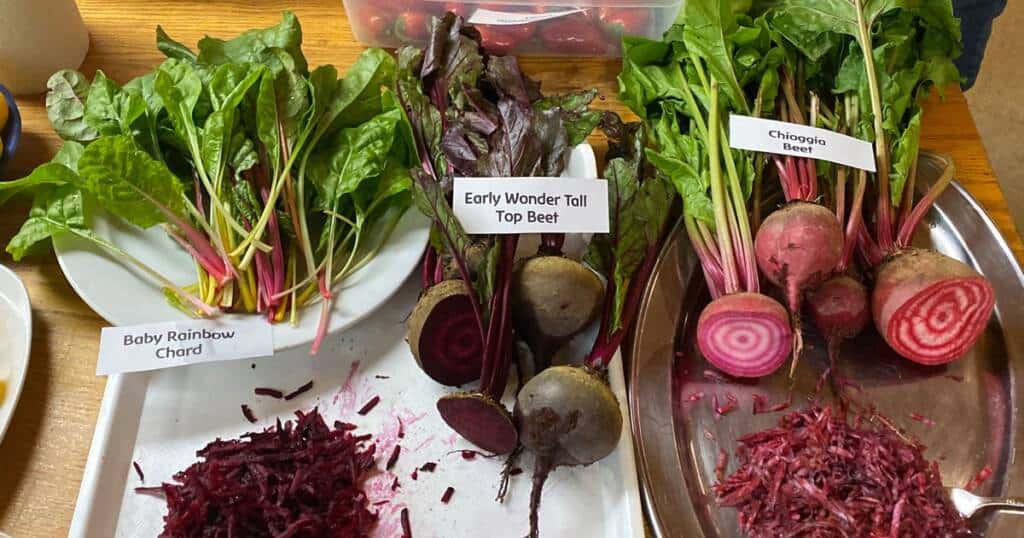
Hello everyone! I hope you have been enjoying reading my farm trip adventures that my class been going on recently! I’m Majestic, and as promised, I’m back to tell you about more of the fun activities we have been doing here at the CIA, Hyde Park campus.
A recent field trip that my class went on was to Camphill Village Copake, which is an intentional community of people living in 20 extended family houses that sit on more than 615 acres, of hills, gardens and pastures. The people in this community live and work there and include adults with developmental difficulties helping out in various roles at the candle-making center, gift shop, and dairy farm. Originally opened in 1961, Camphill Copake was designed as a transformative movement to include people with special needs and change society’s view of how they are treated.
A part of this community is a biodynamic seed farm called Turtle Tree Seed. Biodynamic farming was originated by Rudolf Steiner in 1924 with the intention of holistically and ecologically farming without chemical fertilizers and pesticides. Diversity of plants and animals living together as one living organism is key to having a thriving biodynamic farm, which includes crop rotations and composting. Turtle Tree Seed grows over 385 different types of seeds and plants, harvests, dries, cleans, and packs thousands of seeds for customers all over the world.
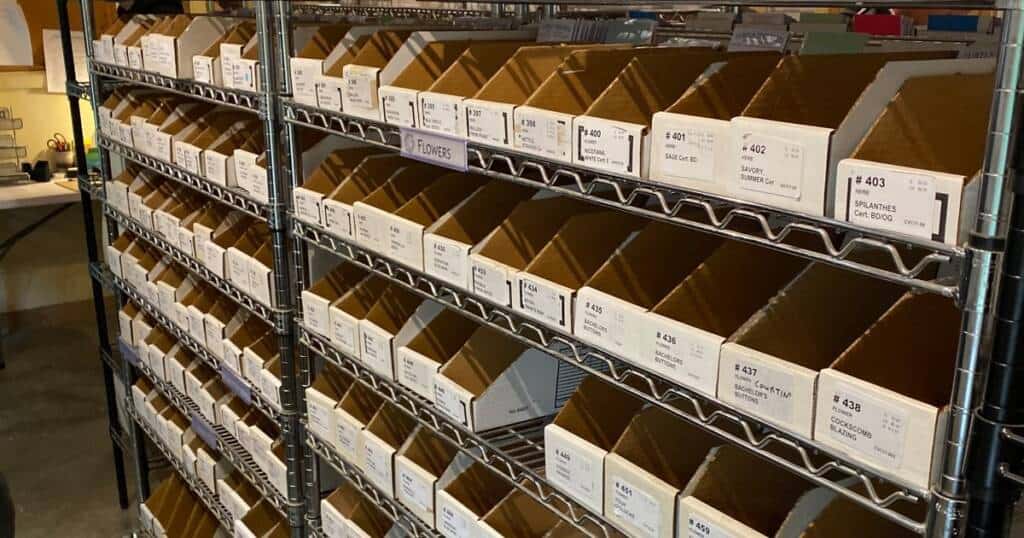
Upon arriving at Camphill, the managers showered our class with the unique varieties of fruits and vegetables that Turtle Tree is producing. The produce that was given to us included Blush, Black Cherry and Snow White Cherry tomatoes. Chioggia, Early Wonder, and Tall Top beets, and Baby Rainbow Chard.
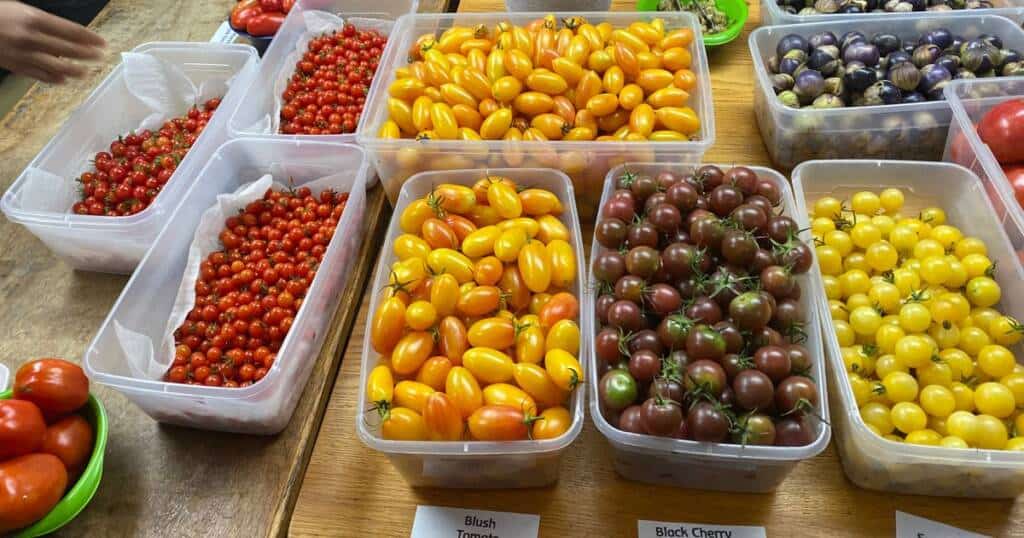
I also saw a fully-grown zucchini, which I never saw before. I came to learn that the zucchinis that are sold in grocery stores are immature. That’s normally why they have a green color. Full grown zucchini are nearly three times that size and turn yellow as they ripen. We spent a great deal of time in the Camphill Village healing garden, where they had tall plants and flowers that I’d never seen before and that were exotic and beautiful. They also had hemp and bush sage plants, and dozens of other plants—from beautiful pink lilies to blue veronica flowers that were tall and slender. The healing garden was very peaceful, and I would have loved to have spent more time there.
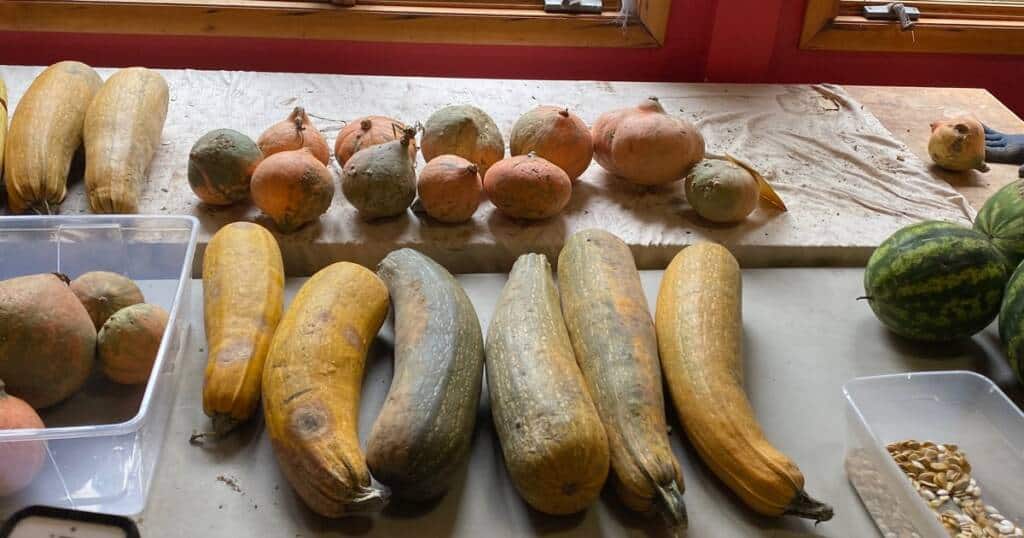
To conclude our visit, our class went to the gift shop, where the items that were available for sale were made by the Volunteers and Villagers at Camphill Copake.
Another very special farm visit we took was to Stone Barns Center for Food and Agriculture and Blue Hill at Stone Barns Restaurant in Pocantico Hills, NY. The restaurant is run by Executive Chef Dan Barber. The Stone Barns Center has a unique history, as the buildings were first commissioned by John D Rockefeller, Jr. in the 1930s to serve as a dairy and vegetable farm. It ran in that capacity until the late 1940’s. In 2004, Chef Baber opened up the restaurant with an ever-evolving palate, meaning that they do not operate with a set menu.
Upon arriving, Jessica Lutz, who is the senior manager of signature programs, showed us around the farm. We saw first-hand some of the crops and produce being grown, which included Cylindra Beets, Kookaburra Spinach, and Mokum Carrots. Jessica explained that more than 300 unique crops have been grown in their fields, which cover roughly 300 acres. We also got to go into their greenhouse, where they grow fresh ginger and hang garlic bulbs to dry out.
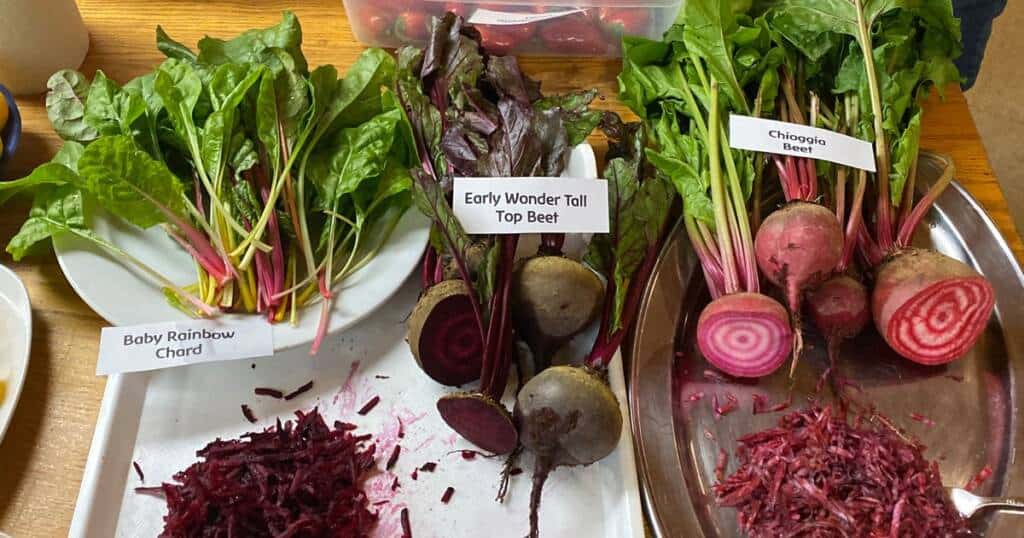
The most exciting part about this visit was being able to sit in on, and participate in, the restaurant’s daily pre-service staff meeting. In this meeting, the service staff, cooks, farmers, and livestock managers discussed topics that included feedback from the guests from the previous night’s dinner service, techniques for improvement, and future menu ideas. Chef Barber was leading the meeting, followed by Sous Chef Bastien Gouillochon, and Senior Crop Manager Jason Grauer. Jason passed around some of the produce that they have been harvesting recently, which included Bonanza Kale and Murdoc Cabbage. Their livestock manager, Shane Hardy, was also present, and he spoke about their upcoming herd walk, where they would be leading their sheep on a two-mile walk to relocate them for the winter months.
I loved being able to hear the staff members talk about what improvements they could make from the previous service, and to hear about some of the plans that they have for future menu development. Every restaurant operates differently and seeing how organized and prepared they were at Blue Hill at Stone Barns was impressive. Everyone had a chance to speak and express their thoughts freely, and I saw how each of them had their own unique roles in making the restaurant run smoothly.
To conclude our visit, my class got a special lunch made by the staff at Blue Hill. I was super excited because just a week before our visit, the restaurant received two Michelin stars. I can tell you that based on the amazing lunch we enjoyed, they definitely deserve it.
Stayed tuned for more upcoming blogs about the Farm to Table: Hudson Valley Concentration!
[starbox id=38]